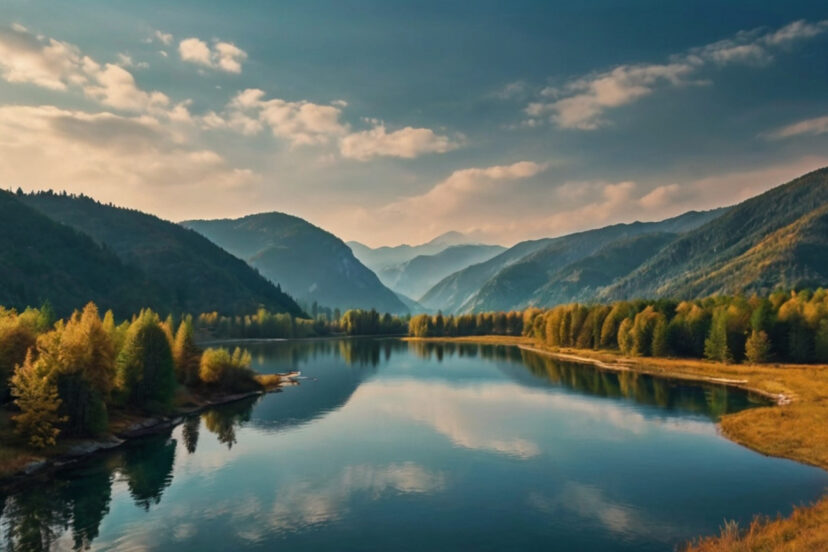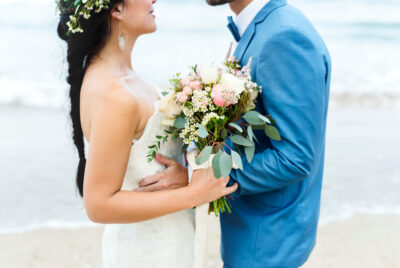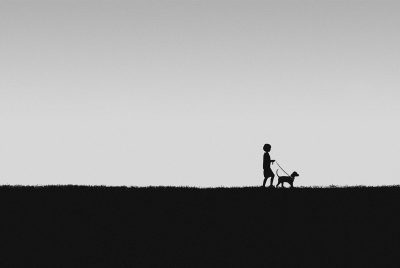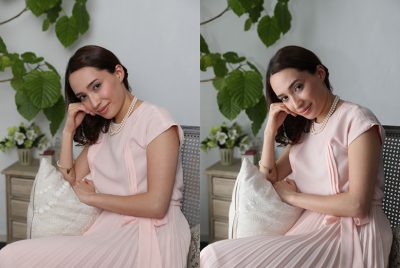Using Reflections for Dramatic Compositions
Why Reflections Matter
The Power of a Mirrored Scene
I love using reflections creatively in photography because they double my storytelling canvas. A single scene and its mirror give you two perspectives at once — a foreground reality and a softer, inverted world. That pairing can turn a mundane street or a quiet pond into a cinematic frame.
Emotional and Narrative Uses
Reflections are more than pretty duplicates. They hint at memory, introspection, and parallel realities. I use reflections to suggest mood: a broken reflection tells a different story than a crystal-clear one. When I want quiet or melancholy, I hunt down smudged or distorted reflections; when I want clarity and calm, I look for glassy water or polished chrome.
>>> Get TODAY’s camera deals HERE <<<
Types of Reflections to Seek
Water: Puddles, Lakes, and Oceans
Water is the most forgiving reflection surface. Puddles offer close, low-angle reflections; lakes give wide, dramatic symmetry; oceans produce soft, painterly doubles. Walk slowly and watch for still patches right after rain — they’re reflection gold.

Glass: Windows and Shopfronts
Windows combine reflection and transparency. I often frame subjects so the reflection layers over the interior scene, creating depth. At night, shopfronts can reflect streetlights and silhouettes, adding atmosphere.
Metal & Chrome
Metal surfaces give hard, high-contrast reflections and are perfect for futuristic or gritty looks. Car hoods, stainless railings, and polished statues can warp reality in interesting ways.
Mirrors & Creative Surfaces
When I want control, I bring a mirror. Mirrors let me place reflections exactly where I want them. Combine with props or colored gels for surreal portraits.
Where to Find Reflection Opportunities
Urban Streets and Architecture
Cities are playgrounds for reflections — glass towers, puddles, polished plazas, and wet asphalt all mirror light. I walk at golden hour and after rain; the city’s textures suddenly become reflective canvases.
Natural Landscapes and Weather
Morning mist over ponds and calm mountain lakes are classic. Even a roadside puddle after a storm can become a portrait backdrop if I crouch low and align my subject.
>>> Get TODAY’s camera deals HERE <<<
Camera Settings & Technical Tips
Focus and Depth of Field
I usually focus on the subject (not the reflection) when the reflection is a supporting element. If I want the reflection equally sharp, I use a smaller aperture (f/8–f/16) and focus about a third into the scene to maximize depth of field.
Exposure and Dynamic Range
Reflections can create bright highlights and deep shadows. I expose for the highlights in the reflection first, then lift shadows in RAW. If the range is extreme, I bracket exposures to capture detail across both worlds.
Using Exposure Bracketing
When the sky is bright and the reflected foreground is dark, I take multiple exposures and blend them in post. Bracketing saved me more than once on sunrise reflection shots.
Polarizers and Filters
A circular polarizer is a powerful tool: rotate it to reduce or enhance reflections. I use it to control glare on water or to reveal what’s behind a window. Neutral density (ND) filters help for long-exposure reflection blurs (smooth water, silky surfaces).

Composition Strategies with Reflections
Symmetry and Balance
Symmetry is the obvious play: place the horizon dead center and let the reflection mirror the subject. This is powerful for landscapes and architecture. I use symmetry when I want a calm, formal feeling.
Leading Lines and Framing
Reflections can create leading lines that draw viewers into the shot. A row of reflected windows or a mirrored railway track becomes a path through the image. I often place a primary subject on a third while letting reflected lines converge toward it.
(Insert royalty-free image: Bridge reflected in river forming leading lines — Suggested sources: Unsplash / Pexels — Alt text: “Bridge and its reflection creating leading lines toward the center”)
Breaking Symmetry for Tension
Not all reflections must be perfectly symmetrical. Off-center reflections, partial mirrors, or broken puddle patterns create unease and energy. I use broken symmetry to add narrative tension — it says “something’s off.”
Creative Techniques & Experiments
Portraits with Reflections
Placing a subject near a reflective surface can add depth and mood. I like to pose a model beside mirrored glass so their reflection shows a different emotion or posture — it becomes a conversation between two versions of the person.
(Insert royalty-free image: Portrait with window reflection showing double image — Suggested sources: Unsplash / Pexels — Alt text: “Portrait beside window showing subject and faint reflection”)
Abstract and Fragmented Reflections
Ripples, curved metal, and distorted shop windows can fragment a scene into abstract shapes. I step close, change focal lengths, and isolate fragments to create artful textures that hint at the original subject.
Double Exposure and In-Camera Tricks
Combine reflections with double exposure for dreamy composites. I’ll expose once for the reflection and again for a subject to weave two worlds. Many modern cameras and apps let you blend in-camera or in post.
>>> Get TODAY’s camera deals HERE <<<
Post-Processing Tips for Reflections
Correcting Perspective
Reflections in architecture often need perspective correction. I straighten verticals, make sure horizons are level, and adjust transform tools to ensure the mirrored world lines up convincingly.
Enhancing Contrast and Clarity
Boosting mid-tone contrast and selectively enhancing clarity on the reflection can make it pop. But I avoid over-sharpening watery reflections; some softness adds realism.

Common Mistakes to Avoid
Distracting Backgrounds
A great reflection can be ruined by clutter behind or above the reflective surface. I always scan the frame for unwanted poles, trash cans, or signboards and shift my angle to remove them.
Misaligned Horizons
A tilted horizon breaks the illusion. I use grid overlays on my camera and level the horizon precisely — especially critical when using central symmetry.
Practice Exercises to Build Skill
Reflection Scavenger Hunt
I challenge myself: list five types of reflection (puddle, window, chrome, mirror, waterline) and shoot each within a day. This trains my eye to spot reflective opportunities.

Mirror Portrait Challenge
Use a handheld mirror and place it near your subject. Explore angles: reflection showing the model’s eyes, or the mirror catching a window behind them. This teaches control and creativity.
Conclusion
Make Reflections Part of Your Visual Vocabulary
Reflections are a creative superpower: they add depth, mood, and story without needing extra props and I hope you now understand how to use reflections creatively in photography. I encourage you to experiment — hunt reflections in cities and countryside alike, try symmetry and its opposite, and blend technical care with playful imagination. Over time, spotting and using reflections will become second nature, and your images will start to feel richer and more cinematic.
>>> Get TODAY’s camera deals HERE <<<
FAQs
1. How do I capture sharp reflections in low light?
Use a tripod, lower ISO for cleaner images, and increase exposure time or use a higher aperture to reach the desired depth of field. If motion blur is an issue, add subtle fill light or use a faster lens.
2. Can reflections work for action photography?
Yes. I’ve frozen surfers with ocean reflections and skaters with puddle doubles. Use fast shutter speeds and anticipate movement to keep the reflection readable.
3. Should I always center the horizon for reflection shots?
Not always. Centering creates perfect symmetry, but offsetting the horizon can produce tension and more dynamic compositions. Try both and see what tells your story best.
4. How do I reduce glare when shooting reflections on glass?
A polarizing filter helps reduce glare. Also, change your angle of view — glints often disappear or become less distracting if you shift a few degrees.
5. Where can I find royalty-free reflection photos to study?
Check Unsplash, Pexels, and Pixabay for high-quality reflection images. Search terms like “puddle reflection,” “glass reflection portrait,” or “mirror reflection photography.”
More photo tips here:
Photography Light Box: Enhance Product Photography with Professional Results




